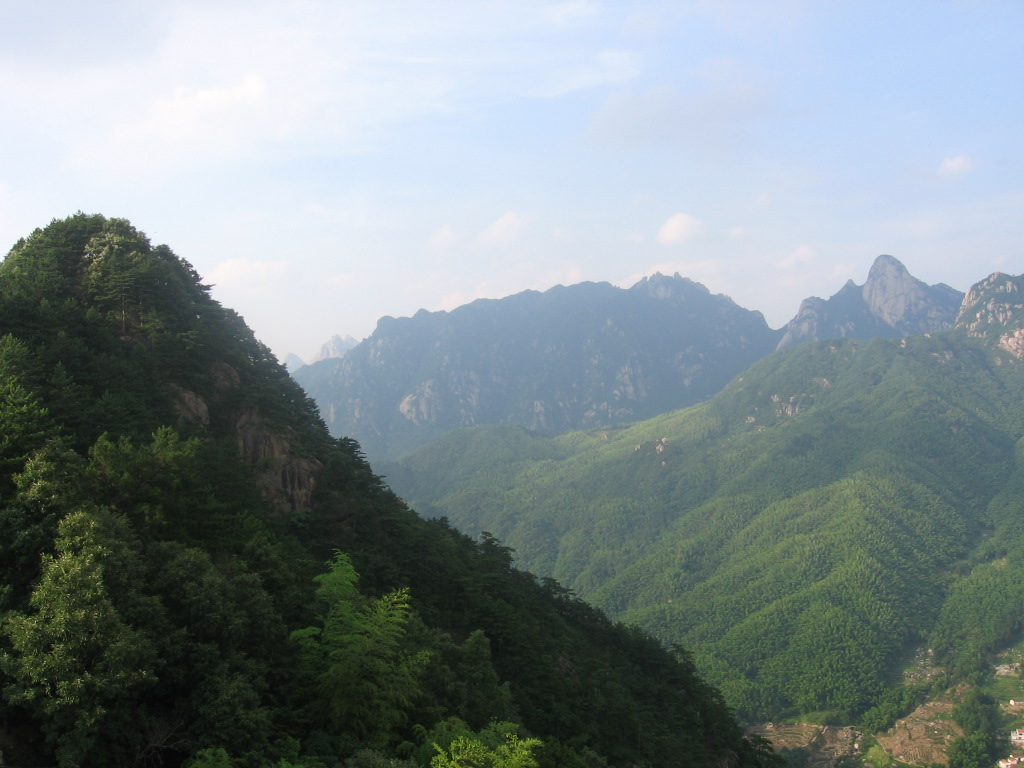A little essay by Seamus Heaney in the Guardian on poetry. Entitled “The Pathos of Things” the essay alludes to the hermit poets of Japan such as Basho and to Old Irish hermit poets and describes the attempt of poets ancient and modern to refine a relationship to nature and reality with short verse, whether haiku or Imagism. Originally delivered as the 2000 Lafcadio Hearn lecture.
URL: http://books.guardian.co.uk/review/story/0,,2216007,00.html
Sister Wendy, hermit (2)
Short item in the Telegraph about Sister Wendy, hermit, her latest book, and thoughts on publicity.
URL: http://www.telegraph.co.uk/portal/main.jhtml?xml=/portal/2007/10/18/ftnun118.xml
See also a previous entry (2005) on Sister Wendy as hermit. URL: https://hermitary.com/around/?p=105
Philip Groening interviewed
Angela Zito interviews Philip Groening, the producer of the film Into Great Silence, for the web site “The Revealer.” She offers some introductory personal thoughts and Groening chiefly addresses the making of the film, but also the experience of silence, aloneness, and his own spiritual sensibilities. URL: http://www.therevealer.org/archives/main_story_002784.php.
Barker, the Black Hills Hermit

The California Historical Association at the University of Southern California holds a ca. 1900 photograph of “Barker, the Black Hills Hermit,” purportedly a miner. A close inspection of the photo, however, suggests a false beard and hair, plus an artifical pose. This is made even more likely by the photographer’s florid description of the hermit, which follows, evoking all of the stereotype of the hermit of modern legend. (The photograph reproduced here is just a small version of the larger, for which USC requires permission and payment. See URLs below.)
This extraordinary individual, a man of “great vigor,” despite his many years, is a character one seldom sees in this busy world. He has lived in this cave, completely isolated from all human companionship, for many years. The only evidence of civilization in that rude habitation was an old faded picture of a young girl with a singularly beautiful face. Feeling instinctly that she was in some way connected with his former life, to my repeated questions, he finally disclosed to me the following narrative: “You are right. I loved that girl; I love her yet. A few days before we were to be united she died. The world lost its charm for me; the old pleasant scenes I once thought so charming became intolerable. So vividly did everything remind me of her that I resolved to go away and live entirely alone. But who can tell,” he added with a mournful smile, “when the inscrutable mists that veil the future are lifted, that I may once more see her again.” He would speak no more, and so I left him, pondering over by-gone memories that all these long years had not served to obliterate.
URLs
Original image:
http://docu2.usc.edu/webcache/chs/production/
80/0f/13/CHS-2144cis_1024_lres.jpg
Close up:
http://docu2.usc.edu/webcache/chs/production/
80/0f/13/CHS-2137cis_1024_lres.jpg
Two more hermit films
Two more films about hermits:
1. The Fort Fisher Hermit: The Life and Death of Robert E. Harrill is a documentary film. The blurb explains that Harrill “spent 17 years under the stars and scrub oaks of Fort Fisher, North Carolina. Surviving off the land and the contributions from thousands of visitors, he became one of the areas largest tourist attractions.” A DVD is available. URL:
http://www.thefortfisherhermit.com..
2. Milarepa tells the story of the 8th-century Tibetan Buddhist hermit Milarepa. The Bhutan-born producer Neten Chokling filmed with monks as his non-professional cast on location in the Indo-Tibetan frontier. Shown at film festivals, the latest being Vancouver, B.C. URL:
http://www.milarepafilm.com.
Thanks to friends of Hermitary for bringing these films to our attention.
